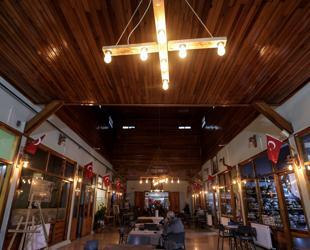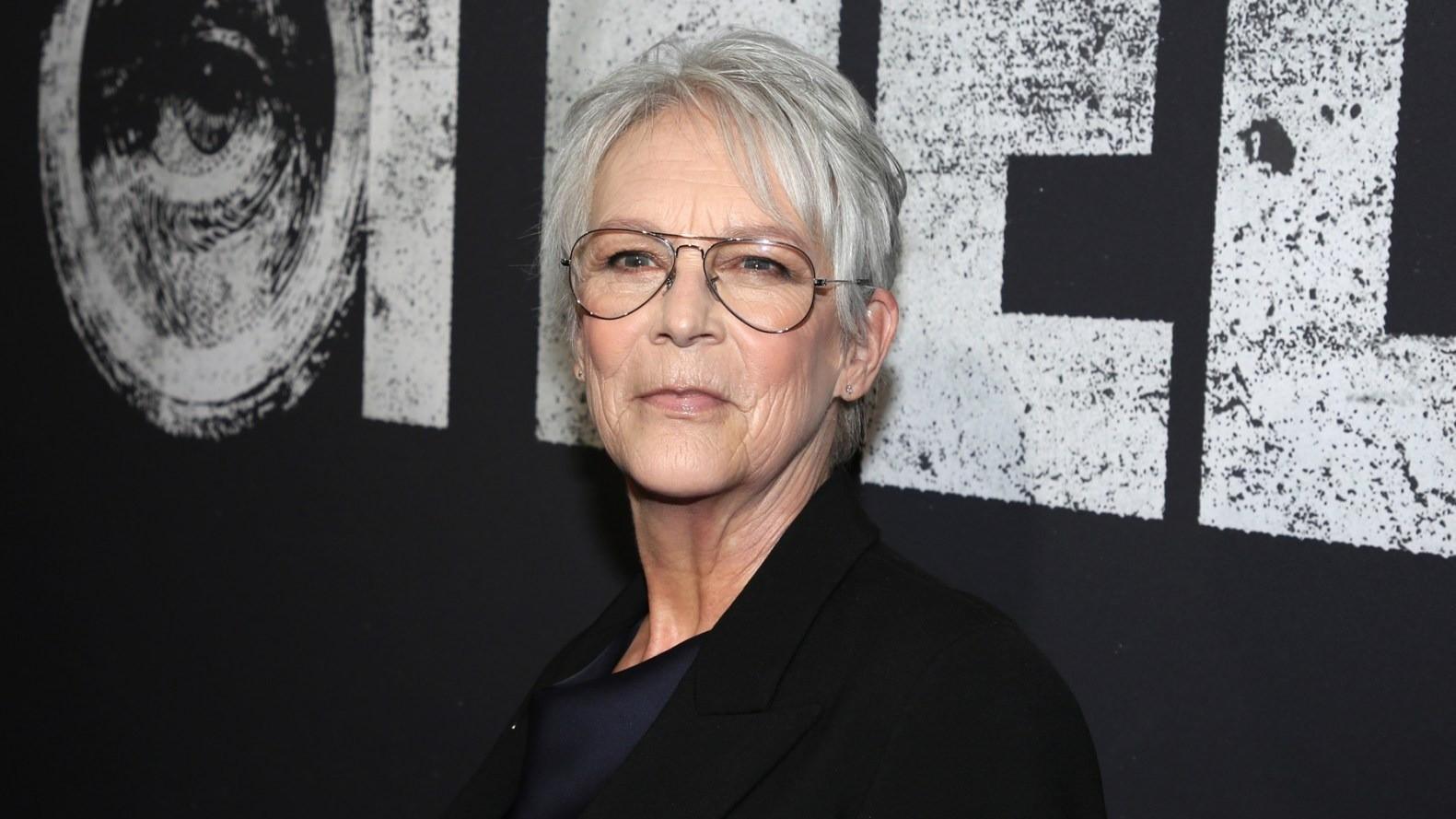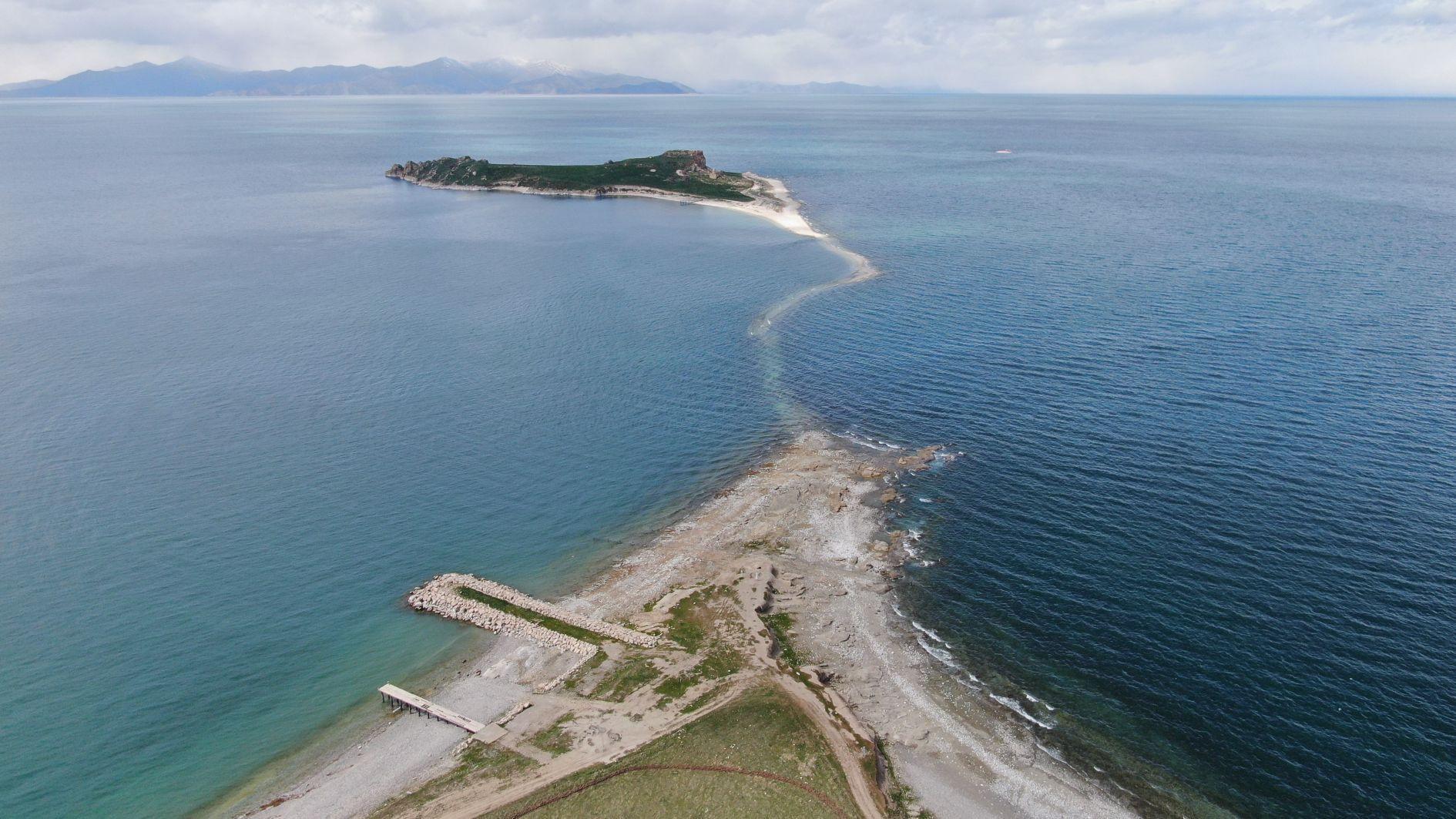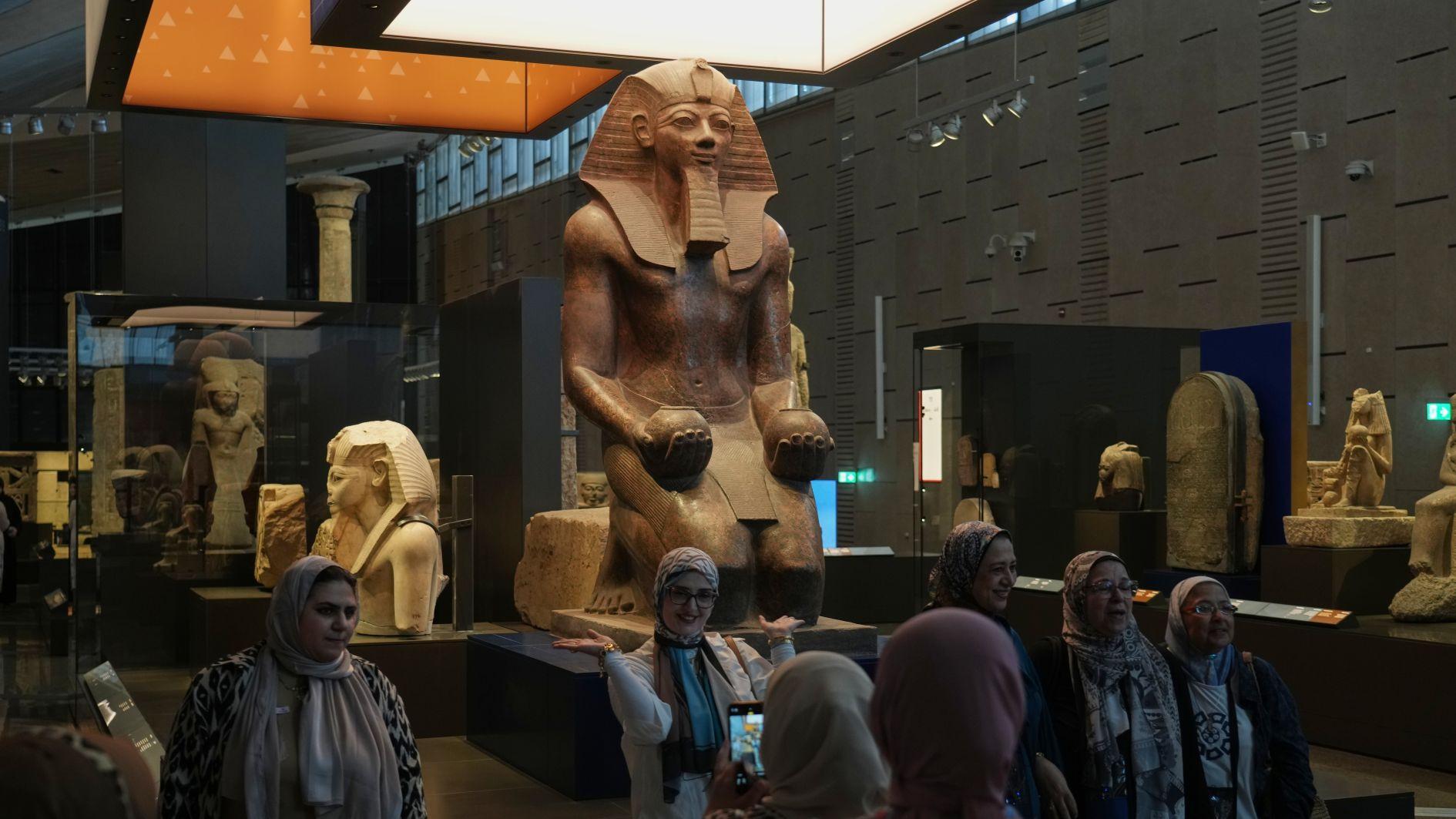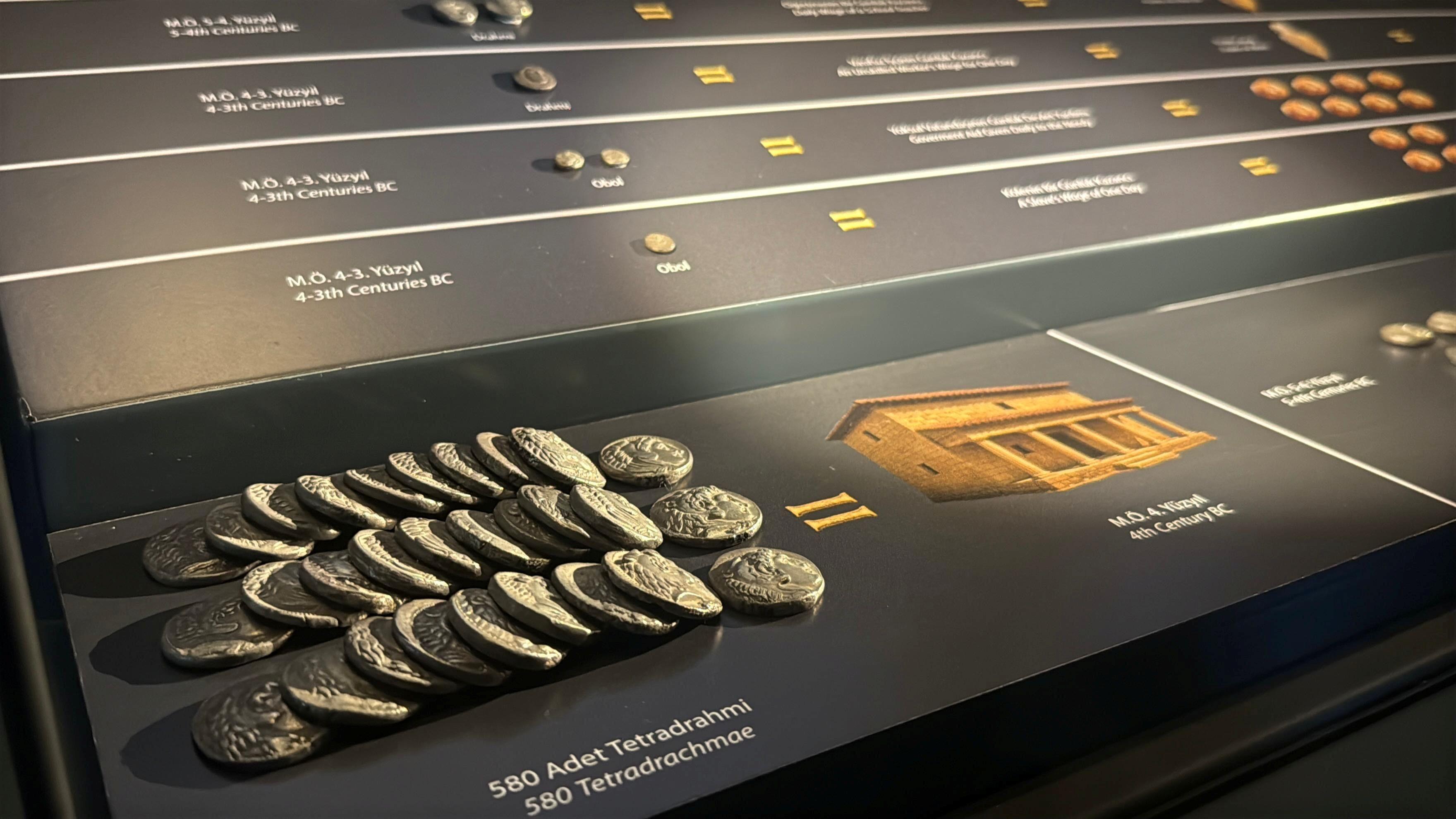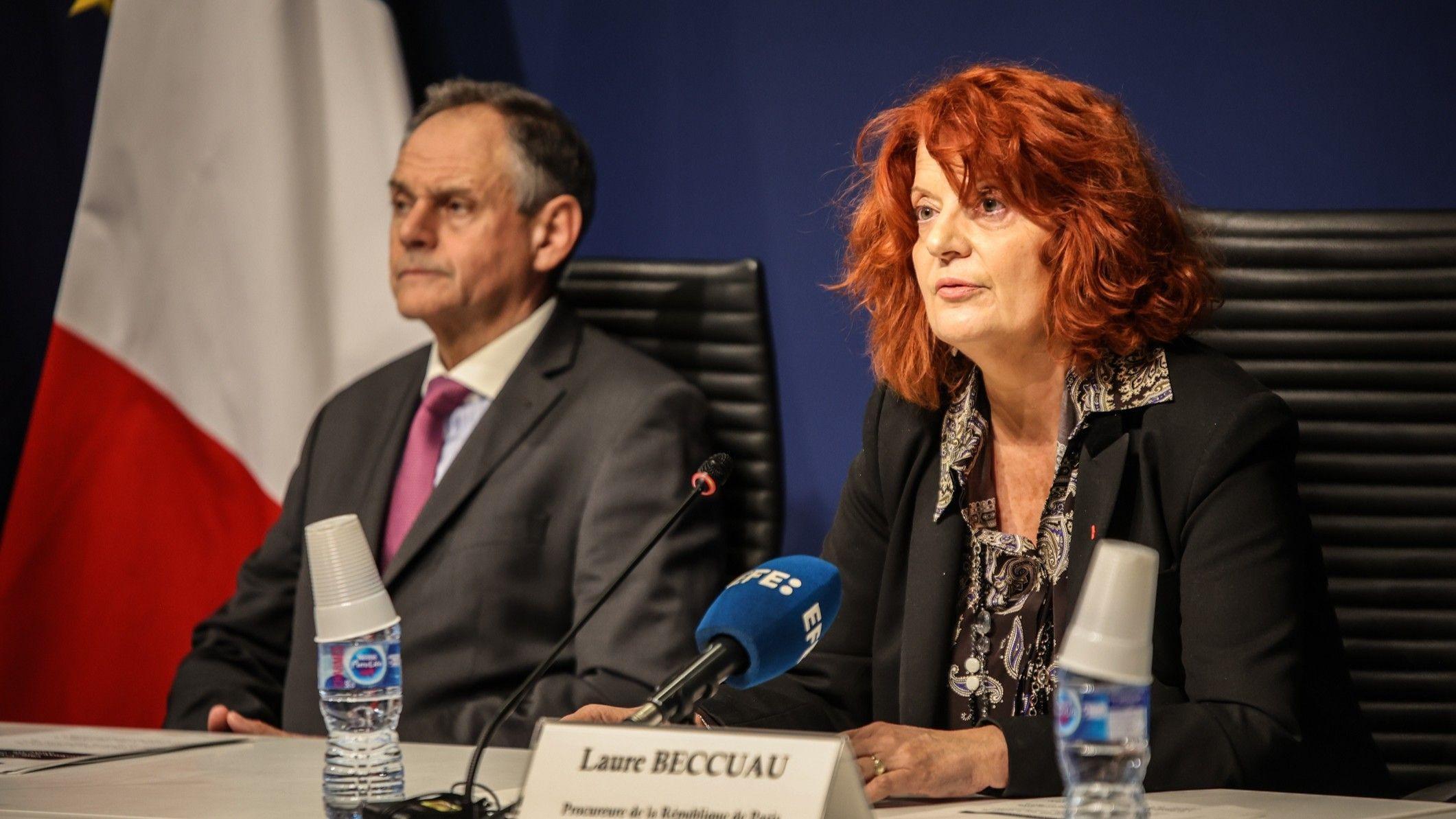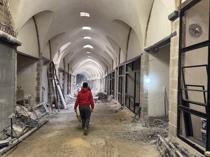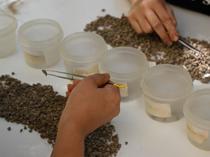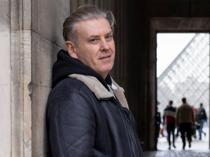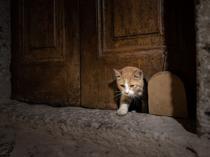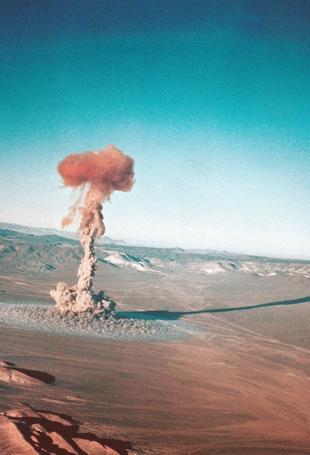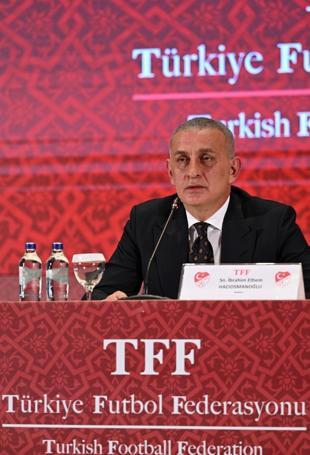AKM, the heart of Istanbul’s cultural life
ISTANBUL
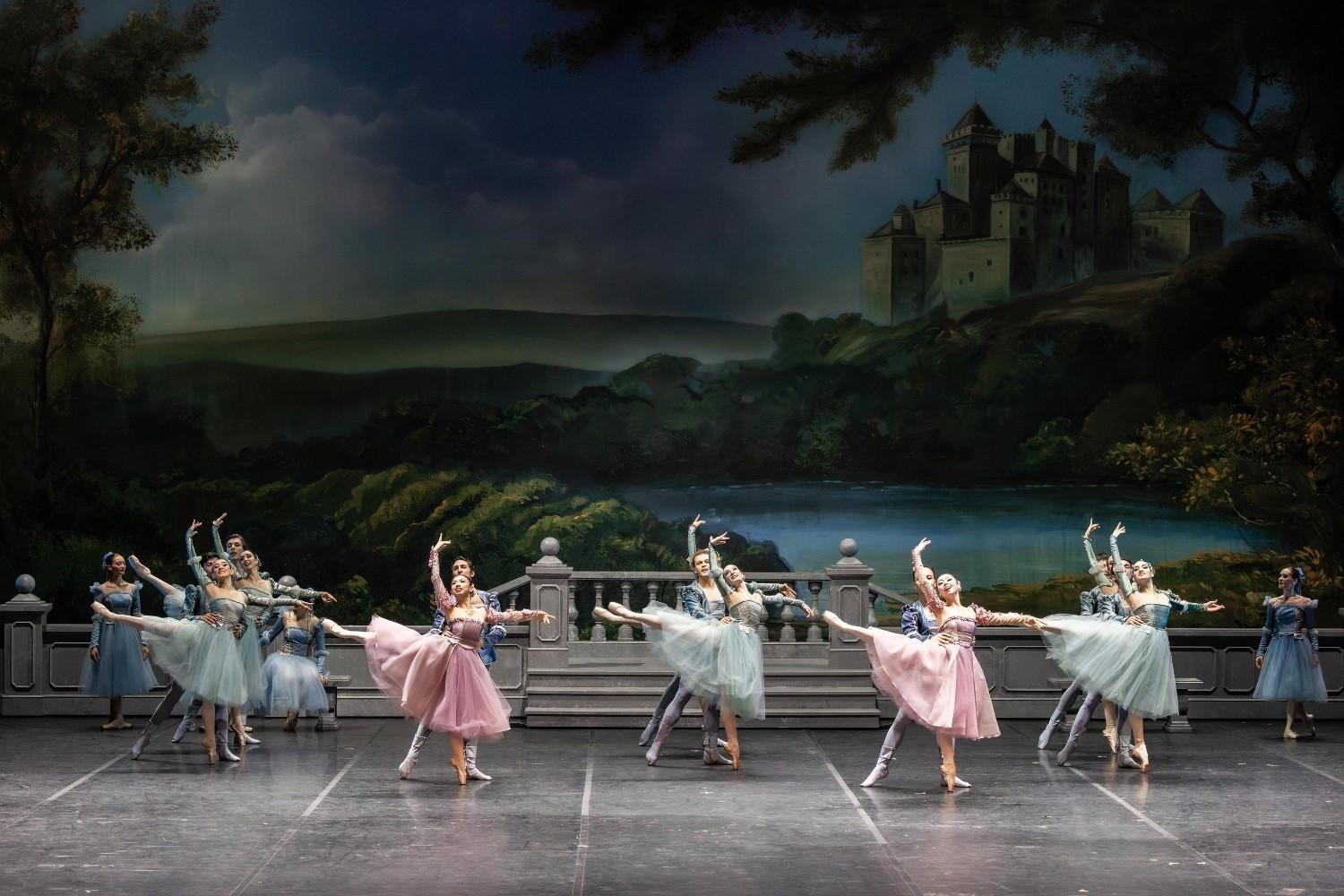
Located in the heart of Istanbul in Taksim Square, the Atatürk Cultural Center (AKM) continues to stand out as one of the most significant venues shaping Türkiye’s artistic life.
After restoration efforts carried out by the Culture and Tourism Ministry, AKM reopened its doors to art lovers on Oct. 29, 2021, with a renewed architectural identity and structure. Since then, it has hosted hundreds of thousands of visitors as a central hub reflecting the cultural and artistic rhythm of Istanbul.
According to data compiled from the ministry, 1.3 million people attended 1,165 events held at AKM in 2022 and 1,011,100 people attended 1,586 events in 2023. In 2024, 3,309,084 visitors participated in 2,575 events, while between Jan. 1 and Oct. 27 this year, 2,227,138 people visited 1,818 events.
During the 2024–2025 art season, 2,390 events were organized at AKM, attracting 624,165 visitors. A total of 2.55 million people passed through its security gates.
Speaking to the state-run Anadolu Agency, AKM Art Director Remzi Buharalı emphasized that the center holds great cultural, historical and symbolic importance for both Istanbul and Türkiye.
“AKM, with its deep-rooted history, occupies a significant place as the focal point of Istanbul’s cultural and artistic life,” Buharalı said. “It continues to appeal to all areas of art disciplines such as opera, theater, concerts, painting and sculpture. Hosting all kinds of events, AKM stands as one of Türkiye’s most important art institutions. It first came to life in 1969 and served art lovers for decades. After a long hiatus, AKM was renewed and reopened in 2021, becoming a visionary part of the country’s contemporary identity through culture and art.”
Highlighting AKM’s contribution to Istanbul’s urban silhouette with its modern architecture and multifunctional spaces, Buharalı added: “AKM is not just an artistic venue but also a contemporary reflection of Türkiye’s cultural memory. Providing opportunities for young artists, enriching social life through artistic events and bringing together artists and audiences, AKM is a highly valuable institution. With its advanced stage technology and large audience capacity, it has become one of the world’s leading culture and art centers. The Istanbul State Opera and Ballet, Istanbul State Theater and eight ensembles under the General Directorate of Fine Arts form the core of AKM’s annual program. Additionally, renowned orchestras and performing arts institutions in Istanbul regularly take the stage here.”
Buharalı described AKM as a “center of life,” noting that it houses the Türk Telekom Opera Hall, a theater hall, gallery, multipurpose hall, music platform, children’s art center, cinema and dining areas.
“AKM is a meeting point for people. With its diverse facilities, it attracts an intense stream of visitors and has become a globally recognized cultural hub featuring exhibitions by world-famous painters and performances by internationally acclaimed artists and ensembles,” he said.
Buharalı also pointed out AKM’s broader mission, saying, “AKM carries the responsibility of promoting Türkiye’s cultural heritage and contemporary art on national and international platforms. It aims to strengthen social dialogue through art and make sustainable contributions to Istanbul’s cultural life. Since reopening, AKM has been hosting works and artists that reflect a forward-looking cultural vision. With this mission, it holds a prominent place on the world’s cultural map as a key center for Istanbul and Türkiye.”
History of AKM
In the 1936–1937 Istanbul development plan prepared by French architect and urban planner Henri Prost, it was proposed that the Taksim Military Barracks and the surrounding cemeteries be converted into a park and that an opera house be built in Taksim Square. French architect Auguste Perret came to Istanbul to design the project upon Prost’s suggestion, but the plan was suspended due to World War II.
The opera house, designed by architects Feridun Kip and Rükneddin Güney, had its foundation laid on May 29, 1946, with the participation of Istanbul Governor and Mayor Lütfi Kırdar. Due to funding shortages, construction halted and the project was transferred to the Ministry of Public Works and Settlement in 1953.
After years of revisions and delays, the structure was reshaped under the supervision of architect and engineer Associate Professor Dr. Hayati Tabanlıoğlu and opened as the “Istanbul Cultural Palace” on April 12, 1969. It quickly became a hub for theater, opera, ballet and concerts.
However, on Nov. 27, 1970, a fire broke out during a performance of Arthur Miller’s “The Crucible,” leaving much of the building unusable. Following a lengthy restoration, it reopened on Oct. 6, 1978, under its current name, the Atatürk Cultural Center.
After years of wear and technical degradation, AKM was closed in 2008 for comprehensive renovation. Later that year, Tabanlıoğlu Architecture was commissioned to prepare a renewal project as part of the Istanbul 2010 European Capital of Culture initiative.
In 2012, a tender was launched for structural reinforcement and repairs, but technical inspections revealed greater damage than anticipated. On Nov. 6, 2017, President Recep Tayyip Erdoğan announced the new AKM project for Taksim Square.
Construction began in 2018, and under the design of architect Murat Tabanlıoğlu, son of Hayati Tabanlıoğlu, a contemporary structure emerged.
Officially reopened with a grand ceremony on Oct. 29, 2021, the renewed AKM now houses a 2,040-seat opera hall, a 781-seat theater, the AKM Gallery, multipurpose hall, children’s art center, music platform, recording studio, library focused on music, art, architecture and design, Yeşilçam Cinema and a design store.

